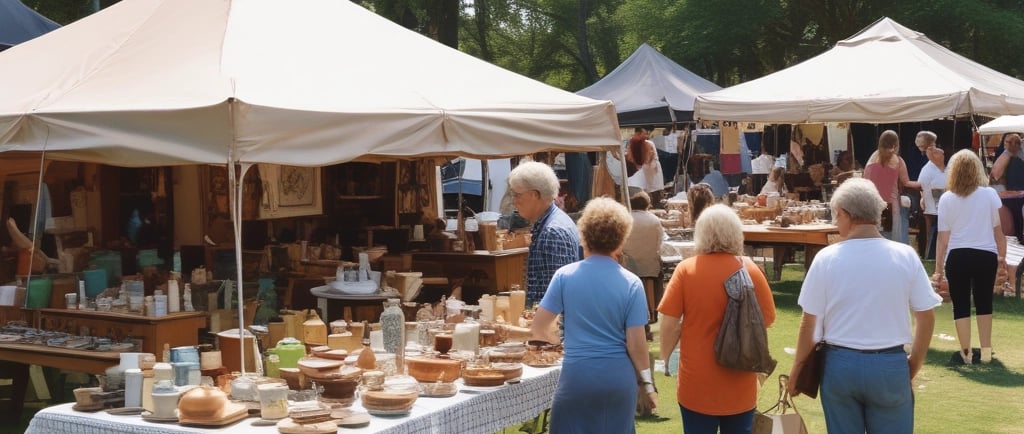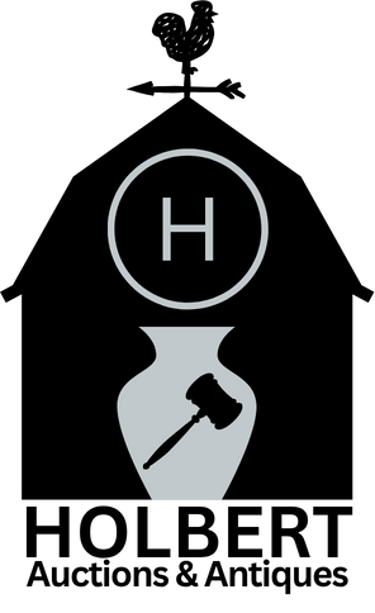10 Essential Tips for New Antique Buyers: Spotting Fakes and Finding the Real Deal
New to antique collecting? Discover 10 essential tips for new antique buyers to help you spot fake antiques and find genuine treasures. Learn how to identify real antiques, avoid common scams, and make smart buying decisions at flea markets, estate sales, and auctions. Perfect for beginners looking to build a valuable antique collection with confidence.
TIPS & TRICKS
8/1/20255 min read


Understanding Antiques: The Basics Every Buyer Should Know
Antiques are defined as items that are at least 100 years old, representing a significant historical context, craftsmanship, and cultural significance. The allure of antiques lies not only in their aesthetic value but also in their ability to narrate a story from the past. When venturing into antique buying, it is imperative for new buyers to grasp the fundamental principles governing this unique market.
Antiques can be classified into various categories, including furniture, art, ceramics, glassware, and textiles, among others. Each category features distinct styles and characteristics that reflect their respective periods. Understanding these time periods is vital as the value of antiques can fluctuate based on origins, craftsmanship, and demand. For example, Victorian-era pieces may differ greatly in style and value compared to those from the Art Deco period. Knowledge of these styles will aid buyers in discerning authentic items from modern reproductions, which often flood the market.
Moreover, provenance—referring to the history of ownership of a particular item—plays a critical role in the value and appeal of antiques. An item with verifiable provenance is often more desirable and commands a higher price. Collectors and buyers are encouraged to research the background of prospective purchases to ensure their authenticity and significance. Familiarizing oneself with basic terminology within the antique business, such as 'vintage,' 'replica,' and 'restoration,' will further empower buyers to navigate purchases with confidence.
In summary, a solid understanding of what constitutes an antique, combined with knowledge of historical context and terminology, equips new buyers to identify genuine items. This foundational knowledge is essential for anyone wishing to invest in antiques, as it ultimately enhances their ability to distinguish between genuine heritage and reproductions. Embracing these principles will pave the way for a more informed and rewarding antique journey.
Research is Key: Tools and Resources for Evaluating Antiques
When venturing into the world of antiques, thorough research cannot be overstated. Understanding the nuances of antique evaluation before making any purchase is crucial for ensuring that buyers acquire genuine pieces rather than replicas or fakes. Diversified research tools and resources play a vital role in this process, helping novice collectors navigate the complex landscape of antiques.
Numerous online antique appraisal websites offer invaluable information. These platforms can provide guidance on pricing, historical context, and identification of specific items based on features, materials, and craftsmanship. Notably, websites like Antique Appraisal, WorthPoint, and the International Society of Appraisers are excellent starting points, giving buyers access to a wealth of data to inform their purchasing decisions.
In addition to online resources, traditional literature remains an essential component of antique research. Guidebooks and reference texts, often written by experts in the field, can serve as indispensable tools for new buyers. These books typically include detailed images and descriptions of various antiques, which can aid in recognizing distinguishing characteristics. Furthermore, manuals on collecting specific types of items, such as furniture or pottery, can provide specialized knowledge that enhances a buyer's understanding of the market.
Local experts and antique dealers also represent a valuable resource in the quest for authenticity. Engaging with these professionals provides insights into regional market trends and helps buyers develop relationships with reliable sources. Visits to antique shops, flea markets, and estate sales can be constructive, allowing firsthand examination of pieces and the opportunity for expert dialogue.
Utilizing identification guides effectively is another noteworthy strategy; these tools help compare items, allowing buyers to discern genuine antiques from fakes confidently. Observing the condition, craftsmanship, and provenance of an item enables collectors to become more discerning and knowledgeable over time. By employing these various research methods, novice antique buyers can arm themselves with the confidence and insight necessary for successful purchasing in the antique marketplace.
Examining the Physical Attributes: Telltale Signs of Authenticity
When embarking on the journey of antique buying, understanding the physical attributes of items is crucial in discerning authenticity. Several key factors—materials, craftsmanship, and the signs of wear and tear—play a significant role in recognizing whether an item is a genuine antique or a mere replica. An antique's age and origin are often reflected in the materials used. For example, furniture from the 18th century typically employed solid hardwoods like oak, mahogany, or walnut, while imitation pieces might utilize plywood or particle board. Observing the type of wood and its characteristic qualities can provide immediate clues to an object's authenticity.
Additionally, craftsmanship serves as a reliable indicator of an item's age and status as an antique. Authentic antiques were typically handcrafted, exhibiting traits such as irregularities in joinery, hand-carved details, and unique finishes that mass-produced items often lack. An examination of tools marks can reveal whether a piece was made using traditional techniques and methods consistent with the period it purportedly represents. For instance, hand-cut dovetails are a hallmark of quality, often associated with pieces made before the advent of modern machinery.
Another important aspect to consider is the signs of wear and tear which indicate the age of an item. Authentic antiques may show evidence of patina, fading, or mellowing of color, all of which are indicative of genuine historical use. In contrast, replicas might appear overly pristine or excessively artificially aged—a clear red flag for buyers. Understanding these subtle details can empower potential buyers to perform thorough evaluations as they consider antique purchases, enhancing the probability of finding genuine pieces that resonate with their collecting ambitions.
Seeking Expert Opinions: When and How to Consult Professionals
When venturing into the world of antiques, it is crucial for new buyers to seek the guidance of experienced antique dealers, appraisers, and auction house experts. These professionals possess a wealth of knowledge and can provide invaluable insights into the authenticity, value, and history of items. Knowing when and how to consult these experts can help new buyers make informed decisions and avoid falling prey to counterfeit goods.
Approaching professionals for advice requires preparation. First, determine the specific areas of interest within antiques, as this will help narrow down which experts to consult. For instance, if a buyer is interested in furniture, connecting with a dealer specializing in that category is advisable. When meeting with an expert, prepare a list of questions that address specific concerns or uncertainties regarding the item. Questions may include inquiries about an item's provenance, the materials used, or the typical price range for similar pieces. This level of preparation ensures that the consultation is productive and efficient.
Additionally, attending antique fairs and exhibitions is a beneficial way to network with professionals in the field. These events often feature knowledgeable dealers and appraisers who can offer insights and advice in real time. Engaging with experts at these gatherings not only increases awareness of what to look for in antiques but also provides the opportunity to learn about market trends and valuation. Building relationships with professionals through these interactions can lead to mentorship and valuable ongoing guidance as new buyers continue their antique journey.
Incorporating expert opinions into the buying process is a strategic move. Experienced professionals can help buyers identify potential pitfalls and empower them with knowledge, ultimately leading to more confident, informed purchasing decisions. Leveraging this expertise lays a solid foundation for a successful collection of genuine antiques.
